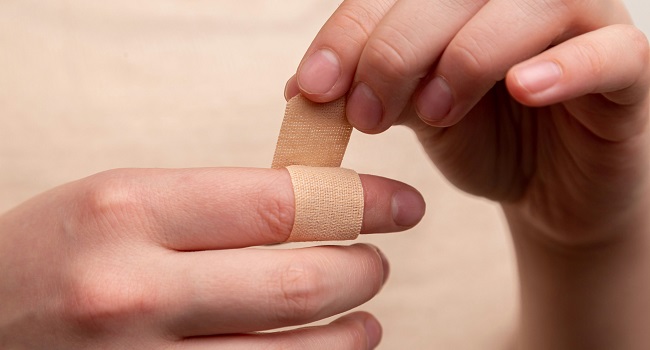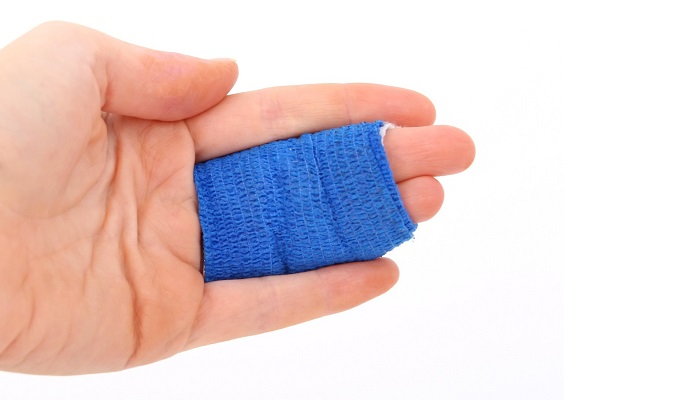Wound care is a critical aspect of healthcare that involves preventing, assessing, and treating injuries to the skin and underlying tissues. Understanding the principles of effective wound care is essential. This comprehensive guide explores everything you need about wound care, including wound assessment, cleaning and dressing techniques, and when to seek medical attention.
Understanding Wound Types
Before initiating wound care, it’s crucial to understand the different types of wounds and their characteristics. Wounds can be broadly classified into acute wounds, which typically result from trauma or surgical procedures, and chronic wounds, which fail to progress through the normal stages of healing and often result from underlying health conditions. You may need wound vac dressing supplies for acute wounds, including cuts, abrasions, punctures, and surgical incisions. These wounds typically heal through a well-defined sequence of stages, including hemostasis, inflammation, proliferation, and remodeling.
Chronic wounds, on the other hand, include pressure ulcers, diabetic foot ulcers, venous ulcers, and arterial ulcers. Impaired healing processes often characterize these wounds and may require specialized treatment approaches. Understanding each wound type’s specific characteristics and healing patterns is essential for implementing appropriate wound care strategies and optimizing patient outcomes.
Proper management of acute wounds can help facilitate the body’s natural healing processes and prevent complications while addressing the underlying causes of chronic wounds. This is crucial for promoting successful wound healing and preventing recurrence. Healthcare professionals should tailor their wound care approach based on the individual needs and characteristics of each patient, taking into account factors such as wound etiology, location, size, and patient comorbidities.
Wound Assessment
Effective wound care begins with a thorough assessment of the wound’s characteristics, including size, depth, location, and presence of any signs of infection. Use a systematic approach to wound assessment, starting with a visual inspection followed by gentle palpation to evaluate tissue integrity and assess for signs of pain or tenderness.
Measure the dimensions of the wound using a sterile ruler or measuring device, noting the length, width, and depth. Document any drainage or exudate present in the wound and the color, consistency, and odor of the exudate. Assess the surrounding skin for signs of inflammation, erythema, warmth, or induration, which may indicate infection or inflammation.
Additionally, assess the patient’s overall health status, medical history, and risk factors for impaired wound healing, such as diabetes, peripheral vascular disease, malnutrition, or immunosuppression. This comprehensive assessment provides valuable information for developing an individualized wound care plan and monitoring the healing progress.
Wound Cleaning
Proper wound cleaning is essential for removing debris, bacteria, and foreign material from the wound surface, promoting a clean and conducive environment for healing. Begin by washing your hands thoroughly with soap and water or using hand sanitizer to minimize the risk of contaminating the wound. Gently rinse the wound with a gentle stream of saline or clean water to flush out debris and bacteria. Avoid harsh antiseptics or strong chemicals, damaging healthy tissue and delaying healing. Use a mild, non-irritating wound cleanser recommended by healthcare professionals.
After cleansing the wound, gently pat the surrounding skin dry with a clean, sterile gauze pad or allow it to air dry. Avoid rubbing or applying excessive pressure to the wound area, as this can cause trauma to the delicate tissues and impair healing. If the wound is heavily contaminated or contains foreign material, seek medical attention for further evaluation and debridement.
Wound Dressing
Selecting the appropriate wound dressing is crucial in promoting optimal wound healing and preventing complications. The choice of dressing depends on factors such as wound type, size, depth, exudate level, and presence of infection. There are several types of wound dressings available, including:
- Non-adherent dressings: These are designed to minimize trauma to the wound bed and surrounding skin. They are ideal for shallow wounds with minimal exudate and can be easily removed without causing pain or trauma.
- Hydrocolloid dressings: These dressings create a moist environment that promotes autolytic debridement and facilitates the body’s natural healing processes. They are suitable for moderate to heavily exuding wounds and can provide a protective barrier against contaminants.
- Alginate dressings: Made from seaweed-derived fibers, alginate dressings are highly absorbent and can absorb large amounts of exudate. They are ideal for heavily exuding wounds and can help facilitate the removal of necrotic tissue through autolytic debridement.
- Foam dressings: These are highly absorbent and provide cushioning and protection for the wound bed. They are suitable for moderate to heavily exuding wounds and can help maintain a moist wound environment conducive to healing.
- Transparent film dressings: These thin, transparent dressings provide a barrier against bacteria and contaminants while allowing for wound visualization. They are ideal for shallow wounds with minimal exudate and can be left in place for several days without needing change.
When applying a wound dressing, ensure the surrounding skin is clean and dry to prevent moisture-related skin damage. Choose a dressing size that adequately covers the wound bed with a margin of overlap onto the surrounding intact skin. Secure the dressing using medical tape or adhesive strips, not applying excessive tension or compression.
Monitoring and Follow-Up
After applying the wound dressing, monitoring the wound regularly for signs of healing, infection, or other complications is essential. Keep track of changes in wound size, appearance, exudate level, and pain intensity over time. Document your observations and communicate them with healthcare professionals as needed.
Follow the prescribed wound care regimen and dressing change schedule recommended by healthcare providers. Adhere to any additional instructions regarding activity restrictions, dietary modifications, or medication management to support the healing process. If you notice any signs of infection, such as increased redness, swelling, warmth, or drainage with a foul odor, seek medical attention promptly. Similarly, if the wound fails to show signs of improvement or begins to worsen despite appropriate wound care, consult with healthcare professionals for further evaluation and management.

Effective wound care is essential for promoting optimal healing, preventing complications, and minimizing the risk of infection. By understanding the principles of wound assessment, cleaning, dressing, and monitoring, you can provide comprehensive care for various wounds and support the body’s natural healing processes. Remember to seek medical attention for wounds that are large, deep, or contaminated, as well as for wounds that fail to heal or show signs of infection. With proper wound care and timely intervention, you can facilitate healing and improve outcomes for patients of all ages.


















